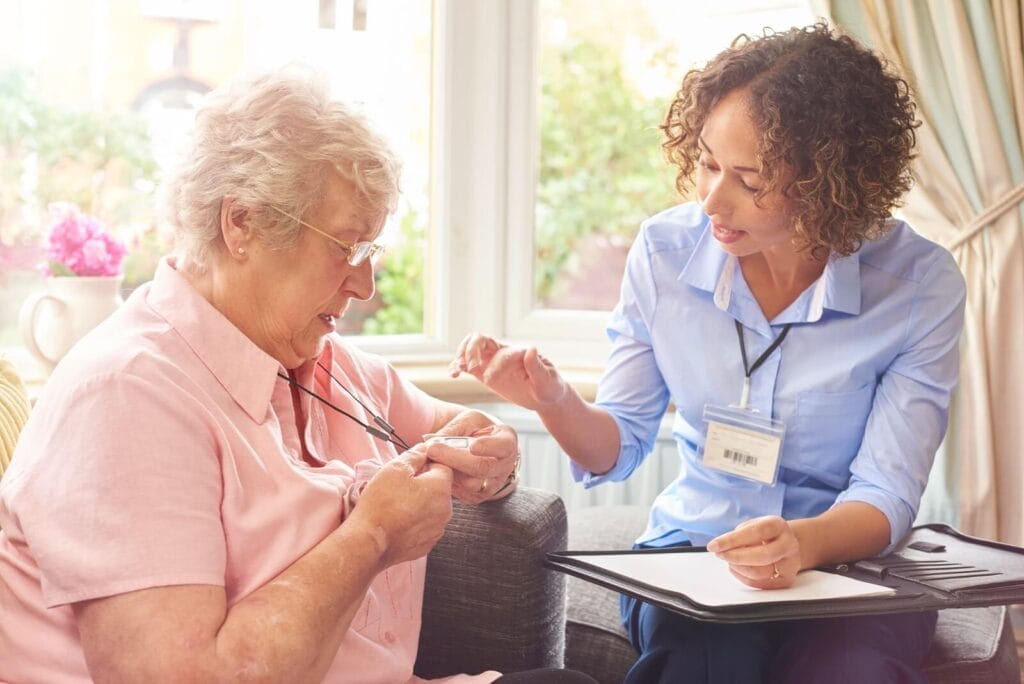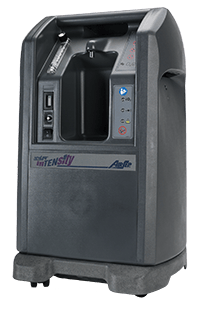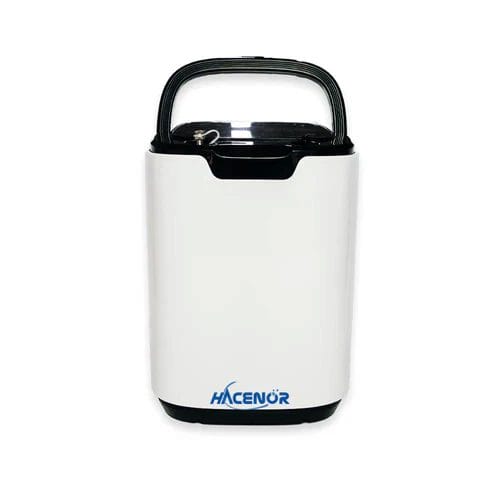
A medical alert system is a vital tool that can provide older adults with increased safety and peace of mind, allowing them to maintain their independence while knowing help is always within reach. These systems quickly connect individuals to emergency responders in the event of a fall, a medical emergency, or other urgent situations. Whether the person is living at home or in a care facility, a medical alert system can be a game changer for seniors and their families.
In this article, we’ll explore what a medical alert system is, how it works, and the different types available. We’ll also discuss the benefits of using one and why it’s such an essential investment for many seniors.
What is a medical alert system?
A medical alert system is a device that allows seniors or individuals with medical conditions to call for help in an emergency situation. The system typically consists of a wearable pendant or wristband with a button that the wearer can press to send an emergency signal to a monitoring center. Trained staff at the center will then assess the situation and contact the appropriate emergency services — whether that’s paramedics, family members, or a caregiver.
The systems can vary in features, but they all have the same primary purpose: to provide immediate access to help when it’s needed most.
How do they work?
A medical alert system is designed to be simple and quick to use, ensuring that help is just a button press away. Here’s how they generally work:
- Activation: The user wears a device — usually a pendant, wristband, or belt clip — that includes an emergency button. In the event of a fall, medical issue, or emergency, the user presses the button to send a signal to the monitoring center.
- Alert to monitoring center: A triggering event needs to take place, which can vary depending on the type of system you have. Most systems have buttons that the user can press manually if they need help. Others have features like fall detection, with which the system can detect a fall. Once the event takes place, the system sends an alert to a 24/7 monitoring center, where trained staff is ready to respond. If the system includes two-way communication, the user can speak directly to the operator. If the system doesn’t have this feature, the operator will try to reach the user via phone.
- Assessment and action: The monitoring staff will quickly assess the situation. If the user can communicate, they will be asked about their condition. If the user is unresponsive or unable to speak, emergency responders (such as paramedics) will be dispatched immediately.
- Emergency services: If necessary, the monitoring center will contact emergency services, family members, or caregivers. If the system has fall detection, it may automatically notify responders if the user is unable to press the button.
- Follow-up: After the situation is addressed, the monitoring center will follow up with the user or their family to ensure they are safe and help with any further needs. Many systems also allow users to update their emergency contacts to ensure the correct people are notified in the event of an emergency.
Types of medical alert systems
Medical alert systems come in various forms to suit different needs and lifestyles. Here are some common types:
- In-home systems: These systems are for use within the home. They consist of a base station connected to a landline or cellular network and a wearable pendant or wristband. The system works within a set range of the base station, so it’s ideal for seniors who spend most of their time at home.
- Mobile systems: Mobile medical alert systems use cellular networks to offer coverage outside of the home. These systems are great for seniors who are more active or who want to maintain their independence while traveling or running errands. Many mobile systems also come with built-in GPS to help emergency responders locate the user quickly.
- Fall detection systems: Fall detection is an optional feature on some medical alert systems. It uses sensors to detect a sudden fall and automatically triggers an emergency alert, even if the user is unable to press the button. This can be particularly important for seniors with mobility issues or those at high risk of falling.
- Waterproof systems: For seniors who enjoy bathing or swimming, there are waterproof medical alert systems. These systems work even when wet, allowing individuals to wear them in the shower or while swimming, ensuring they remain protected at all times.
Benefits
A medical alert system can offer a wide range of benefits for seniors and their families, including:
- Increased safety and independence: A medical alert system gives seniors the confidence to live independently, knowing that help is just a button press away. This can be especially important for individuals with mobility issues or chronic conditions or those living alone. It allows seniors to continue performing daily activities with greater peace of mind.
- Faster response time in emergencies: In an emergency, every second counts. A medical alert system allows seniors to get the help they need more quickly than if they had to rely on calling 911 or waiting for someone to check on them. This fast response time can make a significant difference in the outcome of an emergency situation.
- 24/7 monitoring: Medical alert systems provide round-the-clock monitoring, ensuring that help is available at any time, day or night. Whether it’s a middle-of-the-night fall or a medical issue during the day, the monitoring center is always ready to respond.
- Peace of mind for family and caregivers: Medical alert systems not only benefit the user but also provide peace of mind to family members and caregivers. Knowing that their loved one is protected and can quickly get help if needed can reduce anxiety and stress for those who are worried about their safety.
- Affordability and flexibility: Medical alert systems are often more affordable than many people think, with various pricing options available to suit different budgets. Many providers offer flexible payment plans, and some systems have no long-term contracts. Additionally, certain insurance policies or government programs may help cover the cost of a medical alert system, making it even more accessible for seniors.
Who should use a medical alert system?
Medical alert systems can be helpful for a wide range of individuals, but they are especially beneficial for seniors who:
- Live alone or spend a lot of time alone.
- Have mobility or balance issues.
- Have chronic health conditions like heart disease, diabetes, or arthritis or are living with dementia.
- Are at risk of falling or have fallen in the past.
- Have a history of medical emergencies, such as strokes or seizures.
- Are aging in place and want to maintain their independence.
While medical alert systems are often associated with seniors, they can also be helpful for anyone with a medical condition or those who live alone and want to ensure help is always available.
Is a medical alert system right for you?
If you’re considering a medical alert system, it’s important to evaluate your needs and lifestyle. Think about where you spend most of your time, whether you need a system that works outside the home, and whether you would benefit from additional features like fall detection.
By choosing the right system for your situation, you can gain the confidence to live independently while knowing that help is just a button press away. Whether for yourself or a loved one, a medical alert system is an investment in safety and peace of mind.








